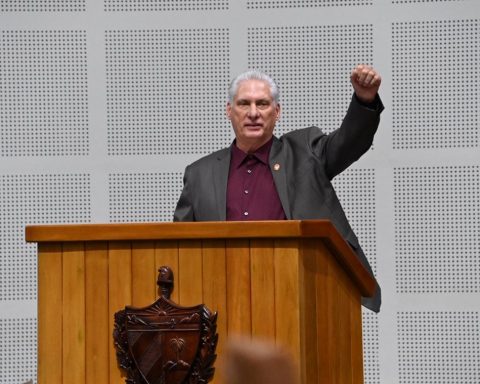MIAMI, United States. – The Five-Day Cyclone, which crossed the province of Pinewood of the river in October 1910, it is still considered one of the worst natural catastrophes that have affected the Island: it left around a thousand fatalities, crops devastated and houses destroyed, among other considerable damages.
According to Professor Luis Enrique Ramos Guadalupehistorian of Meteorology in Cuba, the cyclonic organism was formed from an area of low pressure located north of Panama.
On October 14, it crossed over or very close to the western portion of the Isla de la Juventud and in the afternoon of that same day it entered a point near La Coloma, on the southern coast of Pinar del Río, probably as a category four hurricane. on the Saffir-Simpson scale (maximum sustained winds of 210 to 250 kilometers per hour).
But everything did not stop there.
When the cyclone was close to leaving the sea along the north coast of Pinar del Río, an anticyclone blocked its path and forced it to describe a loop-shaped trajectory, first to the west and then to the south and southeast, until it returned to the northeast. In this way, it passed through the same area twice, causing untold devastation.
The intense rains associated with the hurricane lasted from five to six days on the West of the Island, causing extraordinary floods. It is believed that the accumulations may have exceeded 500 millimeters in some places, particularly in mountainous areas.
According to the encyclopedia ecured, the phenomenon sowed great confusion in the meteorologists of the time. For example, Father Lorenzo Gangoiti, from the Colegio de Belén Observatory, suggested that what happened was due to the passage of two consecutive tropical cyclones.
The National Observatory, for its part, did not believe the same.
This discrepancy generated a controversy between both institutions, which is considered one of the greatest scientific debates that took place in Cuba at the beginning of the 20th century.
Research carried out by the Cuban meteorologist José Carlos Millás, showed that the Five Days Cyclone had made a “loop recurve”, that is, a peculiar trajectory that certain hurricanes usually describe when they are influenced by certain atmospheric systems, such as anticyclones. .
Later, the scientific community renamed this type of trajectory as “Millas recurve”, in homage to the Cuban meteorologist.
Receive information from CubaNet on your cell phone through WhatsApp. Send us a message with the word “CUBA” on the phone +525545038831, You can also subscribe to our electronic newsletter by giving click here.

















